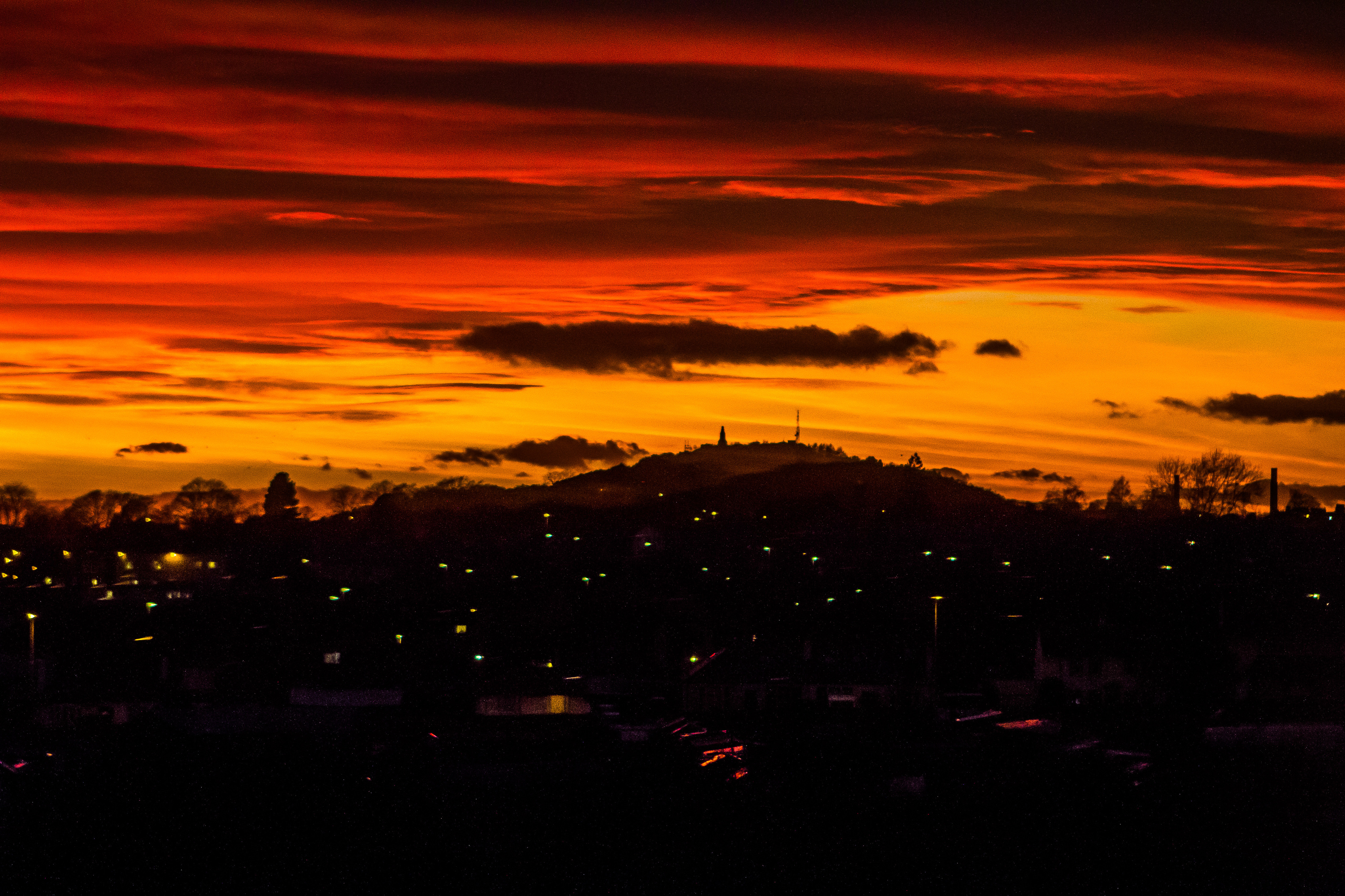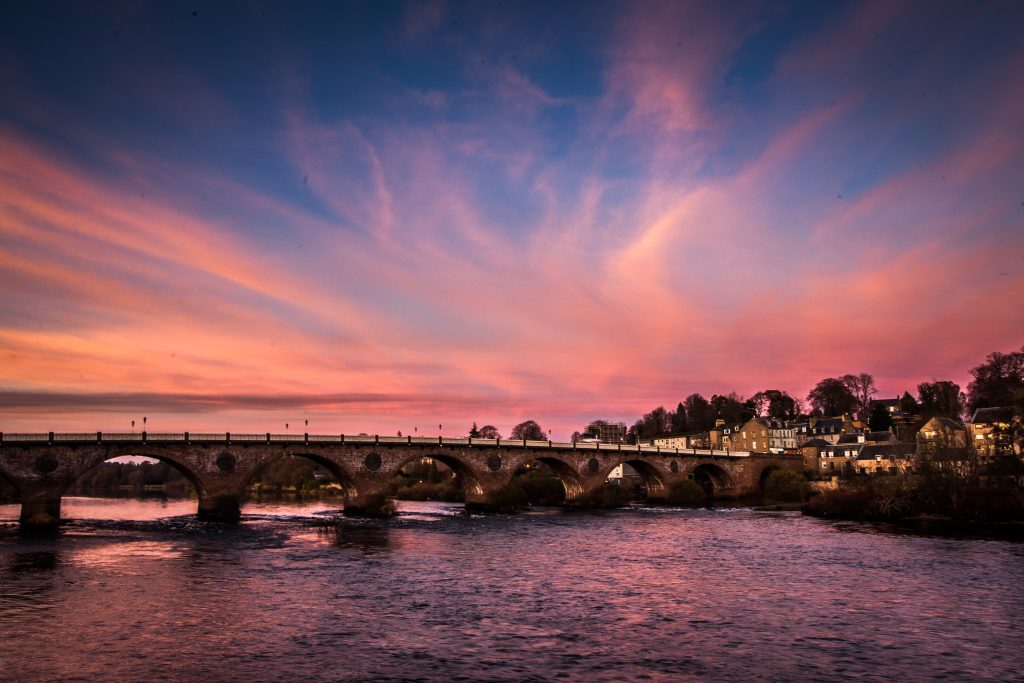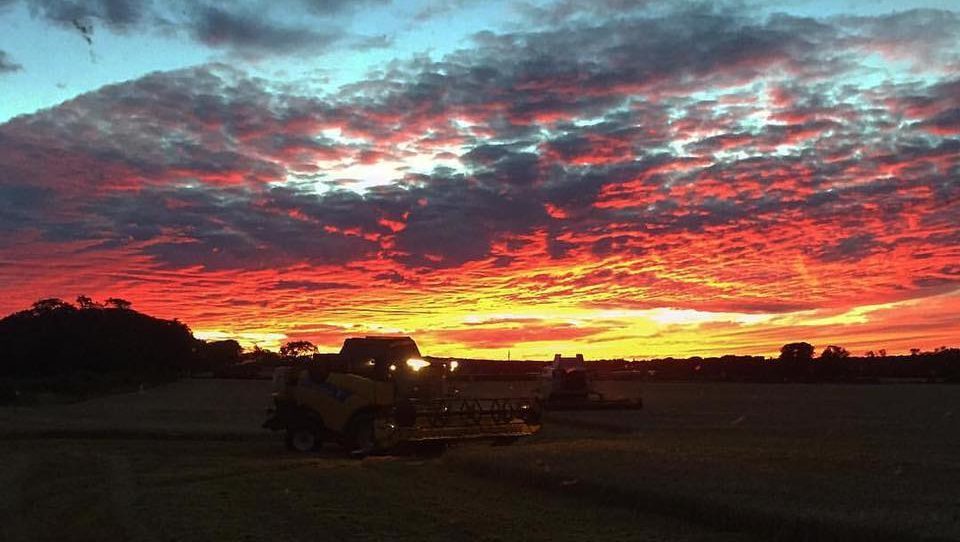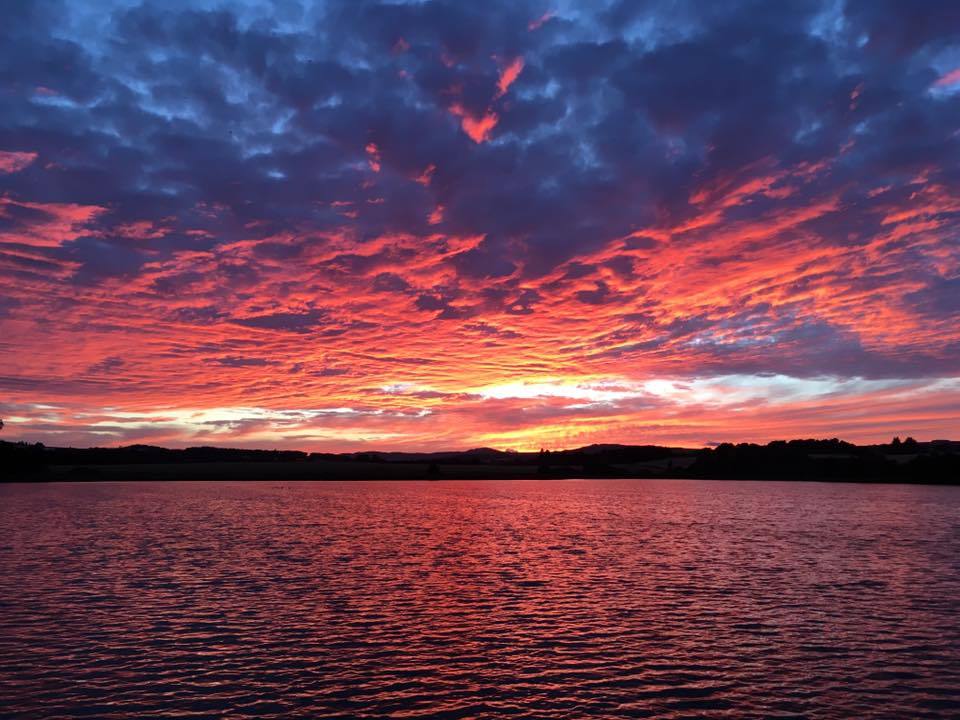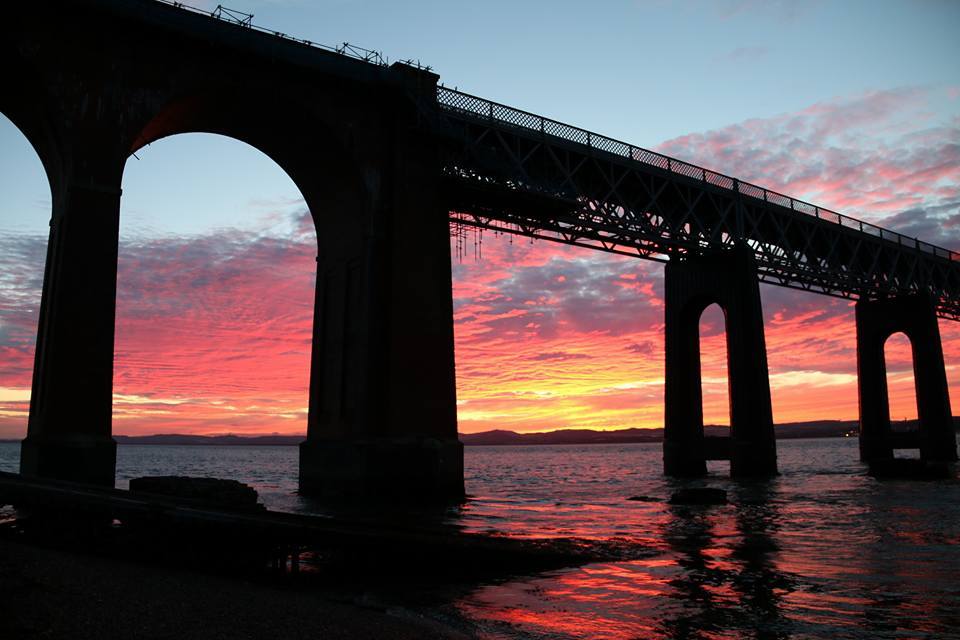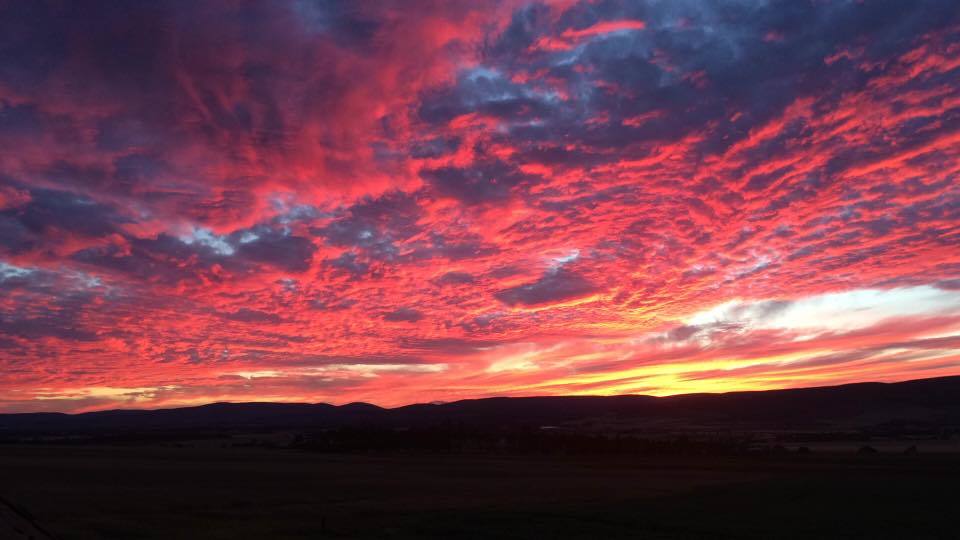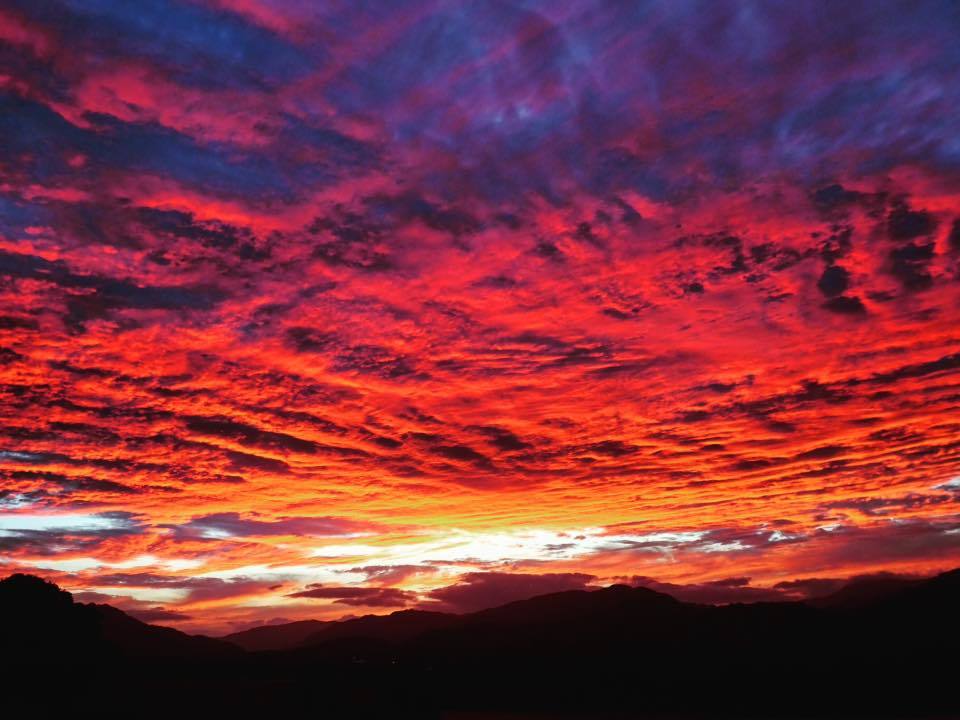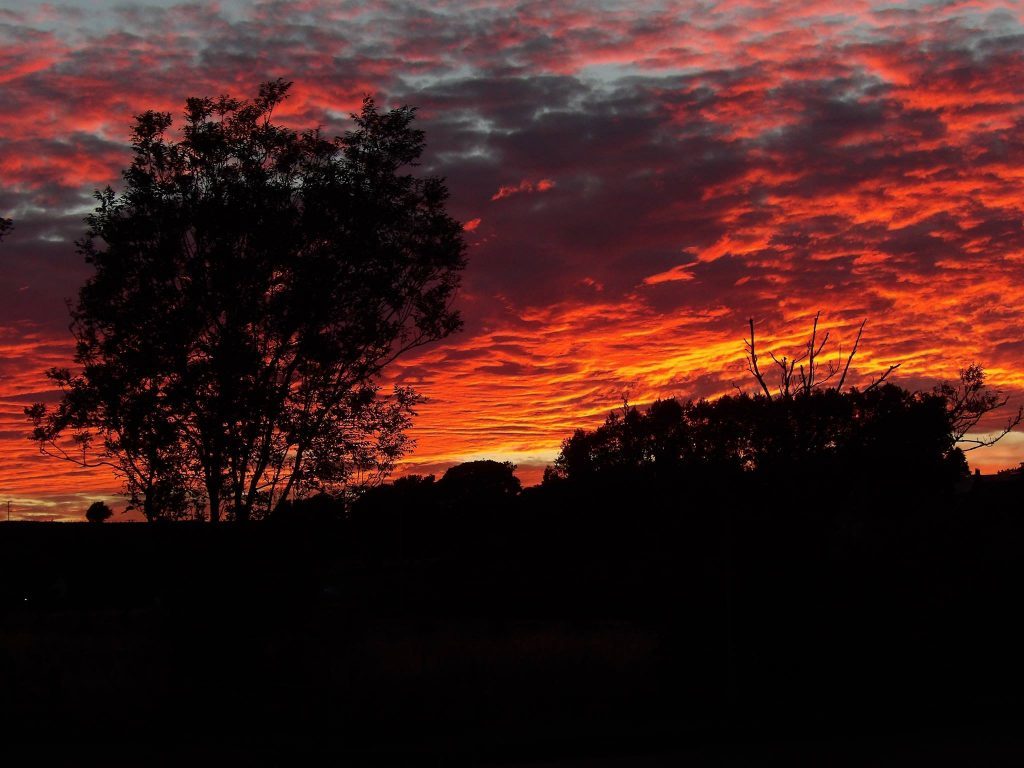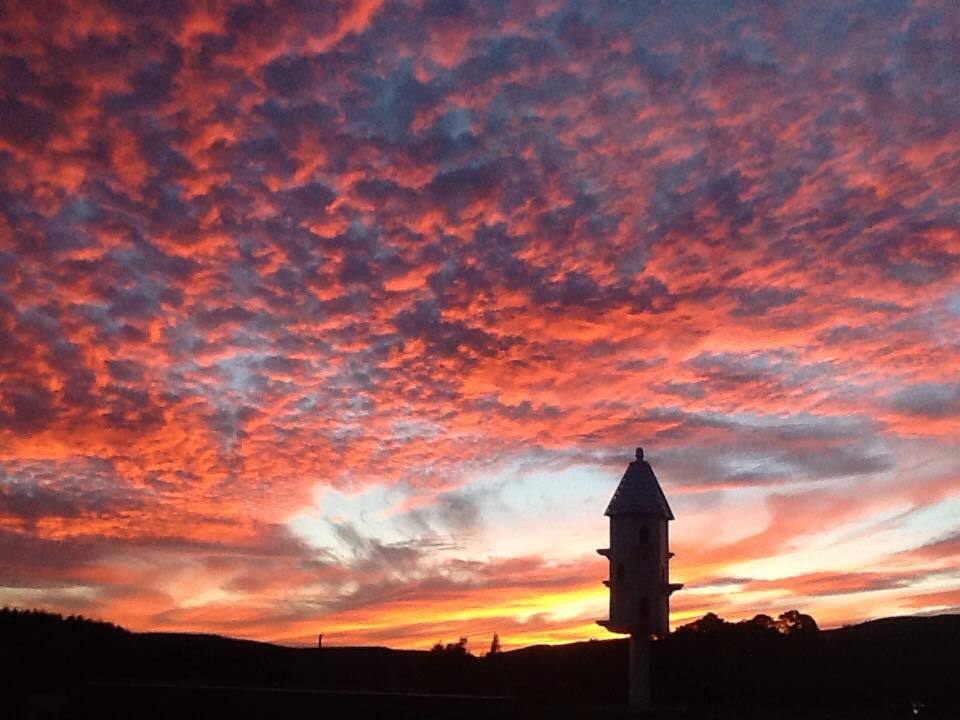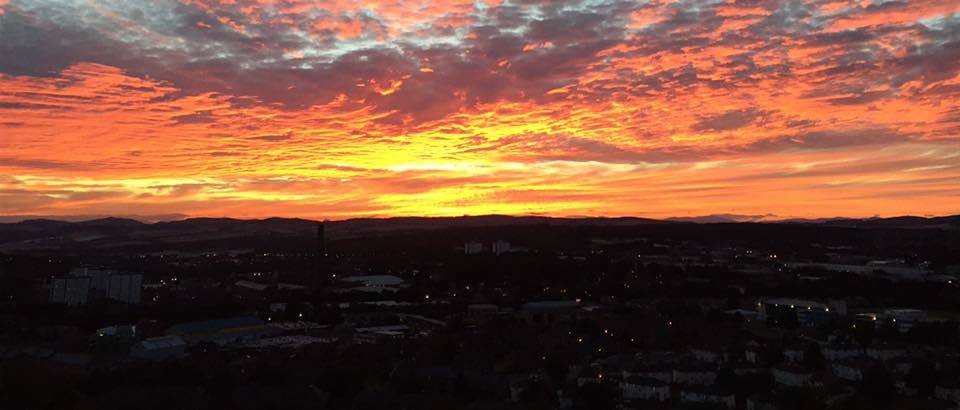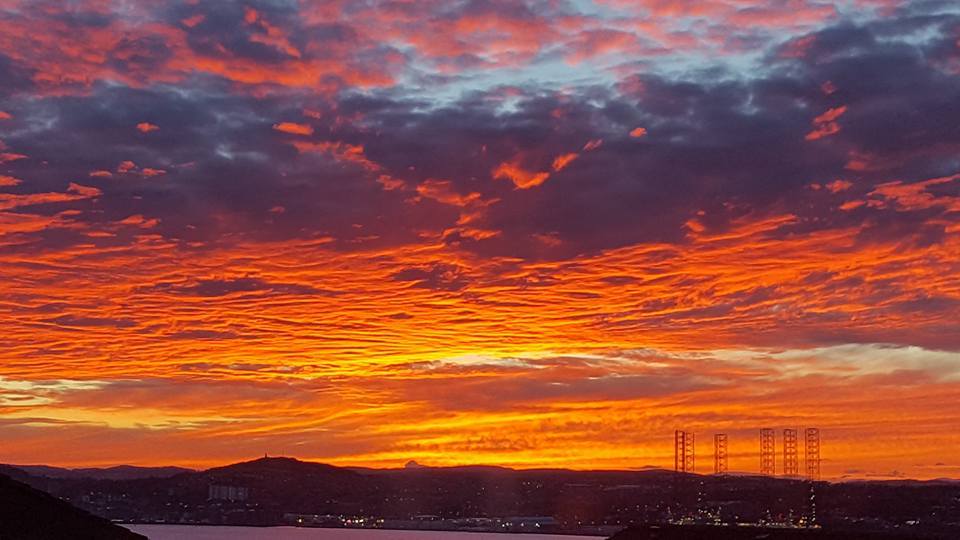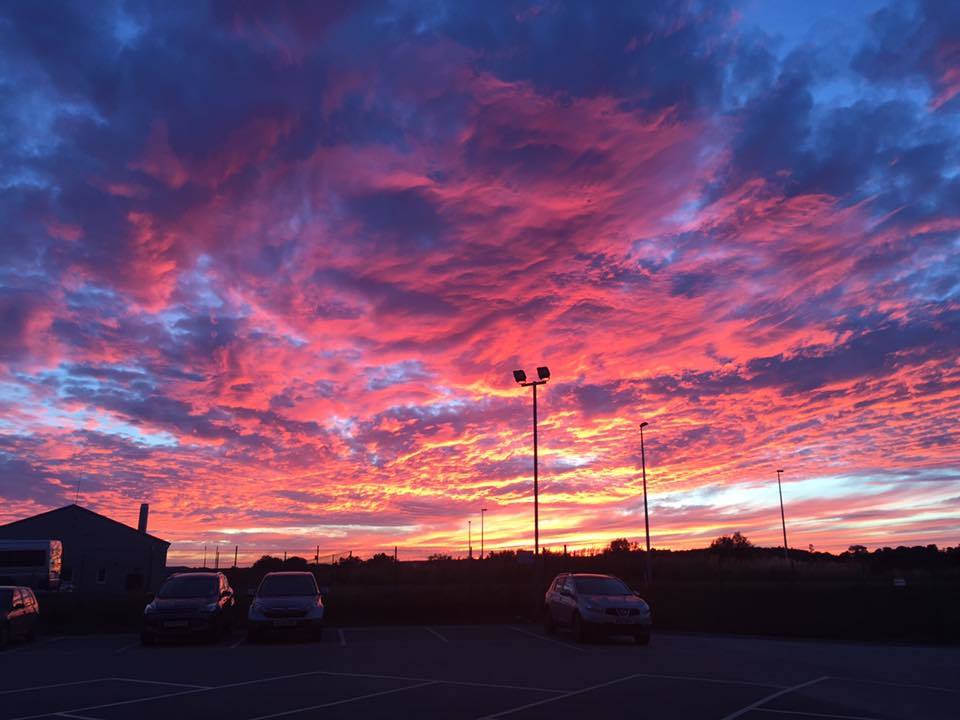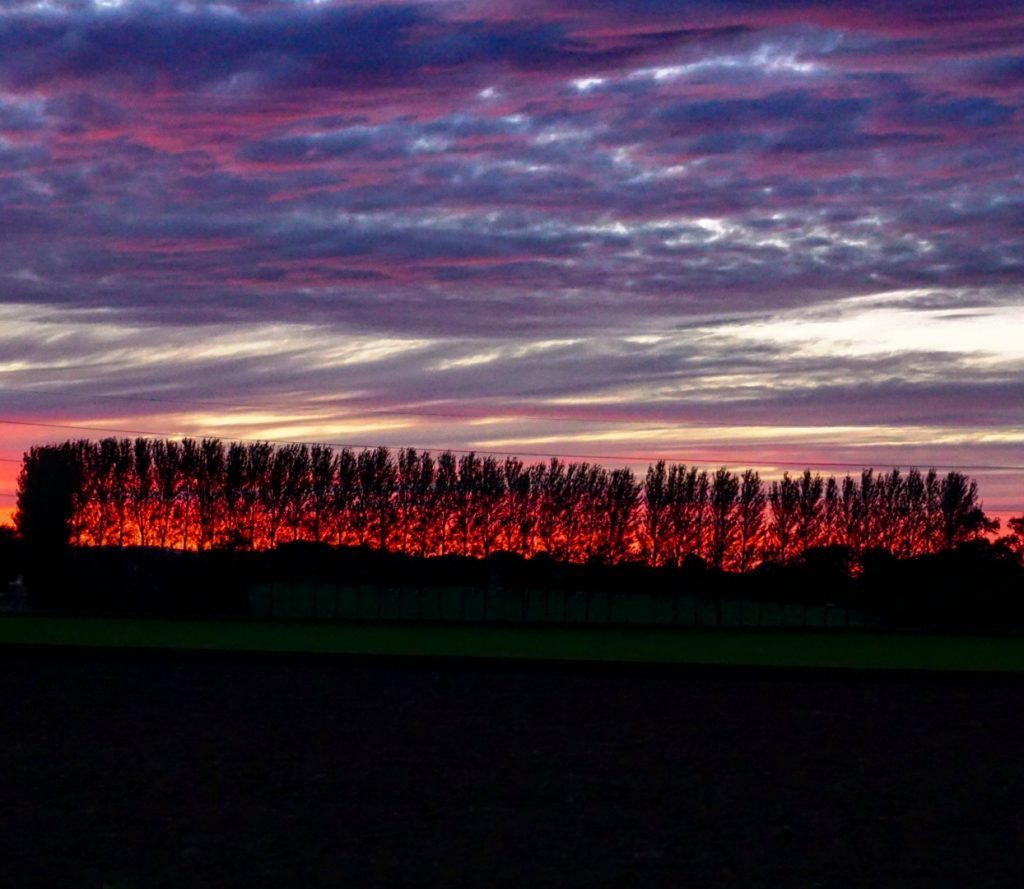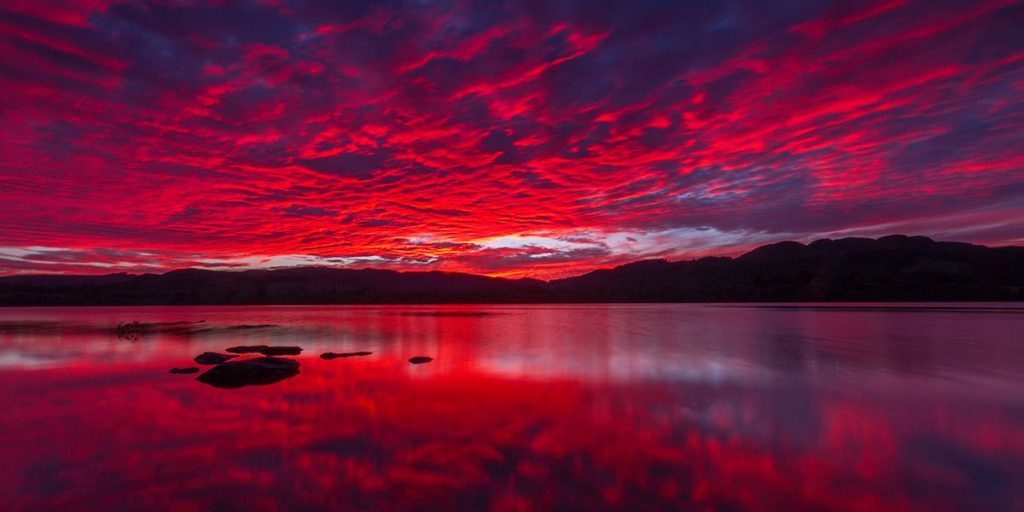Dazzling sunsets have lit up Courier Country recently, bathing the afternoon skies in dramatic orange colour.
The spectacularly bright phenomena have been spotted across Tayside and Fife from around 2.30pm for several days.
But what causes some sunsets to be so much more striking than others?
The Met Office says it all comes down to how humans interpret colour.
They explained: “Light travels from the sun and through the atmosphere in invisible waves. Light that looks white to us, is actually made up of many different colours of differing wavelengths. For example blue has a short wavelength, while red is created by longer wavelengths.
Courier readers’ sunset photos
“At sunrise and sunset the sun is very low in the sky, which means that the sunlight we see has travelled through a much thicker amount of atmosphere.
“Because blue light is scattered more strongly by the atmosphere, it tends to be scattered several times and deflected away in other directions before it gets to us.
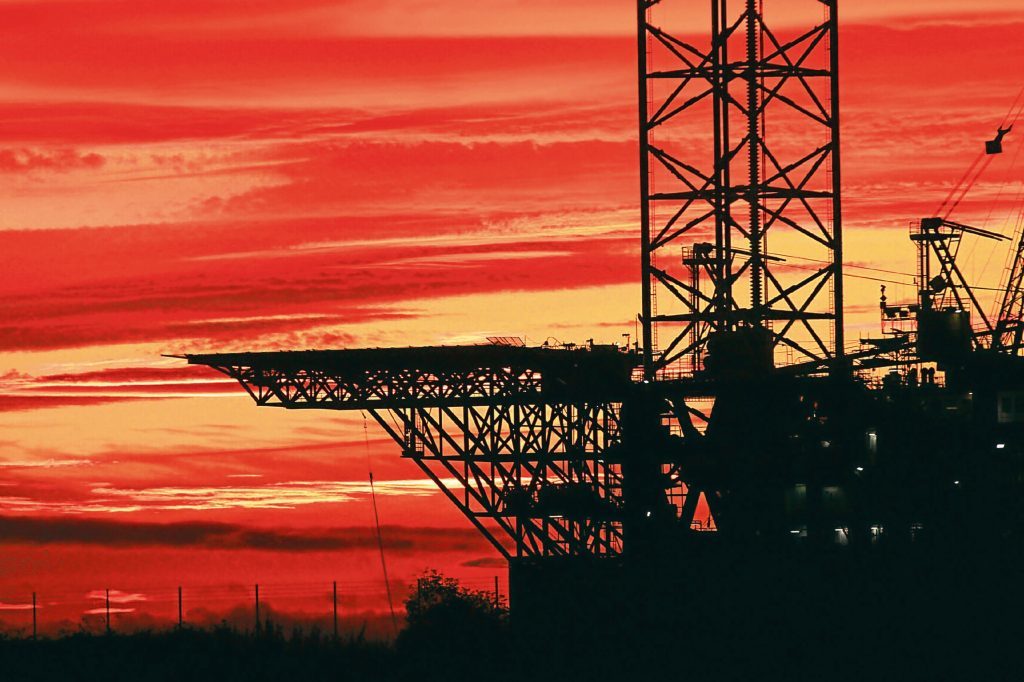
“This means that there is relatively more yellow and red light left for us to see.”
The recent dry air in Tayside and Fife has been less sluggish than normal, which allows more of the vibrant colouration to shine through.
However, it looks as if the beautiful evening skies are set to end, with the latest outlook from the Met Office suggests the UK could be facing a cold snap, leading to a heightened risk of wintry weather throughout December and into January.
The long-range outlook suggests the early part of the winter period is more likely than usual to be cold.
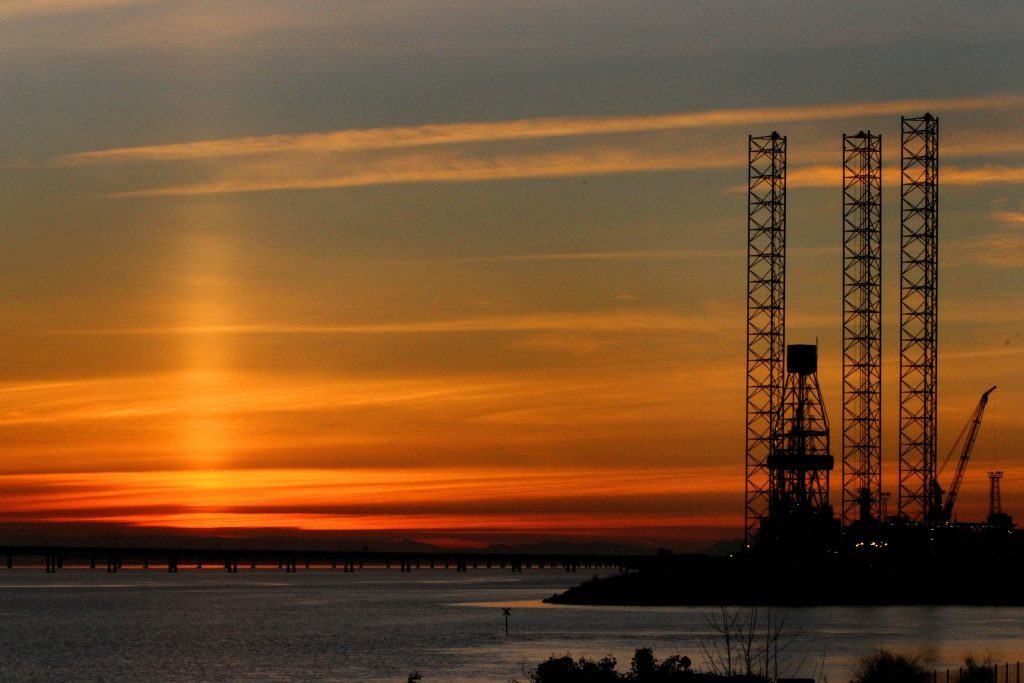
The risk of cold conditions at the start of winter is now greater than it has been in recent winters.
Professor Adam Scaife, head of long-range prediction at the Met Office, explained: “The stratosphere, tropics and Arctic sea ice are all trying to push our weather towards becoming colder over the next few weeks. Although it is not guaranteed, our long range predictions and those from other forecast centres suggest an increased risk of cold weather patterns early this winter.”
Sunsets are expected in Dundee between 15.35 and 15.39, with the shortest day coming on December 21, the Winter Solstice.
